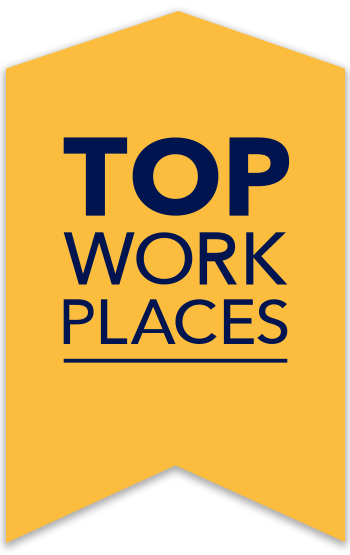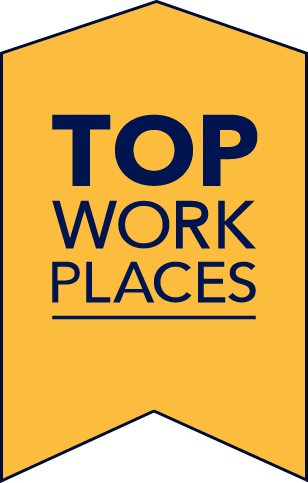Non-monetary incentives are one of the best ways to motivate employees. If you want to improve employee engagement, motivation, and productivity, look no further. Offering non-monetary incentives saves companies time and resources while boosting satisfaction in a personal way. To get the most out of your incentives, listen to employee feedback regularly to ensure the incentives are meaningful enough to be effective.
If you’re looking for ways to refresh your employee perks and benefits, here are some examples of non-monetary incentives.
The benefits of non-monetary incentives
Organizations and managers often want to recognize and reward employees but lack the funds to give out frequent monetary rewards, like bonuses. That’s where non-monetary incentives come in. Offering employees extra time, benefits, appreciation, and development opportunities shows that you recognize their achievements.
Personalizing incentives can also make them more meaningful to employees, which is great for engagement and motivation. Here are some common benefits of non-monetary incentives for employees:
- Less expensive than monetary rewards
- No tax implications
- Easy to personalize for individuals and teams
- Boost employee well-being
- Improve employee engagement and retention
- Improve company productivity and performance
- More options
The downsides of non-monetary incentives
As with anything else, there can be downsides to using non-monetary employee incentives. Although the benefits surely outweigh the downsides, here they are:
- Some teams might be more motivated by money
- Employers need effective employee feedback channels to personalize appropriate incentives
- Require more intentionality and time
Ideas for non-monetary incentives
Non-monetary incentives are the way to go if you are trying to incentivize employees and improve engagement. Ask for employee feedback regularly to get the most out of your incentives. Understanding employee values and priorities is critical to finding the most effective non-monetary incentives.
1. Time to work on own projects
Employees are motivated by what they are passionate about. To boost employee appreciation, offer time to work on personal passion projects. Ask people what they care about and let them spend time exploring those areas. Chances are, those passions overlap with company values and can be used to promote current business goals. It’s a win-win for employees and organizations alike.
2. Increased paid time off (PTO)
Have you ever heard the saying ‘work hard, play hard’? It has some weight to it. Employees work harder during business hours when they have time to turn their brains off. Offering time to relax, go on vacation, and spend time with family or friends gives employees something to look forward to and reduces burnout.
3. Healthcare benefits
Employees appreciate healthcare benefits, and companies should, too. Comprehensive benefits like telemedicine services, mental health support, family medical insurance, and fitness stipends keep people healthy and productive, reducing sick and mental health days. Additionally, this non-monetary incentive can boost retention and recruitment since most people value investments in their health.
Learn more: Employee Health and Well-Being
4. Charity/nonprofit donation
5. Life insurance
Similarly to healthcare benefits, life insurance incentivizes employees. Whether it’s an individual or family plan, life insurance offers employees security, peace of mind, and convenience. Adding it to an overall compensation and benefits package makes your company more attractive to job seekers and boosts retention by demonstrating that you care about the well-being of your employees and their families.
6. Experiences
In today’s world, experiences are often valued more than material possessions. This shift means that employees appreciate opportunities to create memories and forge meaningful connections. Experiences could range from a spa day or a paid vacation to a trip to an amusement park or a comedy show voucher. By asking employees about their preferred experiences and offering them, you ensure that they have the greatest impact.
7. Public recognition
Recognition is a big part of employee appreciation, motivation, and self-confidence. Offering public recognition is a great place to start to incentivize your employees. Not only does public recognition make top performers feel proud, but it also motivates others to perform at that level. It’s the perfect way for leadership to demonstrate what a top performer looks like and what someone can receive once they get there.
Learn more: Employee Recognition
8. Employee discounts
Discounts on products and services are another great non-monetary incentive. Again, asking employees about their values is crucial to knowing what incentives will be most effective. If you know people love Sweetgreen salads or Orange Theory workout classes, try to find discounts there. Bonus points if you can find a current business partner to offer discounts for your employees.
9. Professional development opportunities
One of the most effective non-monetary incentives for employees is professional development. It’s effective because employees see it as an investment in themselves and their future. Plus, it helps companies maintain growth and innovation on a budget. Options include mentorship programs, study groups, job rotations, webinars, conferences, and continuing education. The more you offer, the more future leaders you have.
10. Flexible working arrangements
Workplace flexibility is huge right now, and it’s sticking around because employees find great value in it. Letting people work from wherever they are most comfortable and productive boosts employee well-being and, in some cases, reduces overhead costs. Incentivizing workplace flexibility also benefits recruitment since most job seekers value work-life balance and well-being.
11. Time for volunteering activities
12. Personalized gifts
When a gift is personalized, it means a lot. Personalized tech accessories, plants, subscription boxes, gift baskets, or experiences are all great options. No matter your choice, send a note or thank your employees in person to make the incentive meaningful.
How do your employees rate your company benefits?
One of the best ways to measure the effectiveness of your benefits package is to ask your employees. The Energage Workplace Survey quickly and accurately uncovers what matters most to your team. Using these insights will help you make data-driven, informed decisions and foster a people-first culture. That’s what Top Workplaces do. Explore employers with great benefits packages here:
Top Workplaces for Compensation & Benefits
Think your company stands out in compensation and benefits? Gain recognition as an employer of choice! Nominate your company for Top Workplaces, the program that celebrates workplace excellence.

 Stand out with an award-winning
Stand out with an award-winning